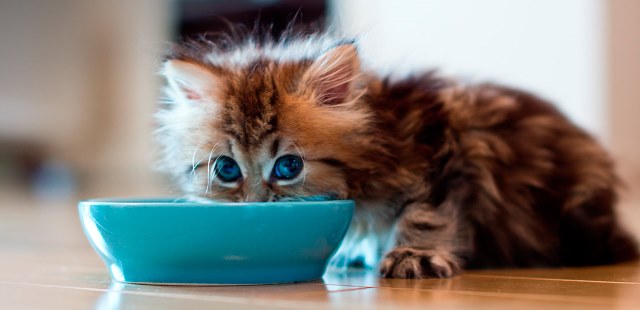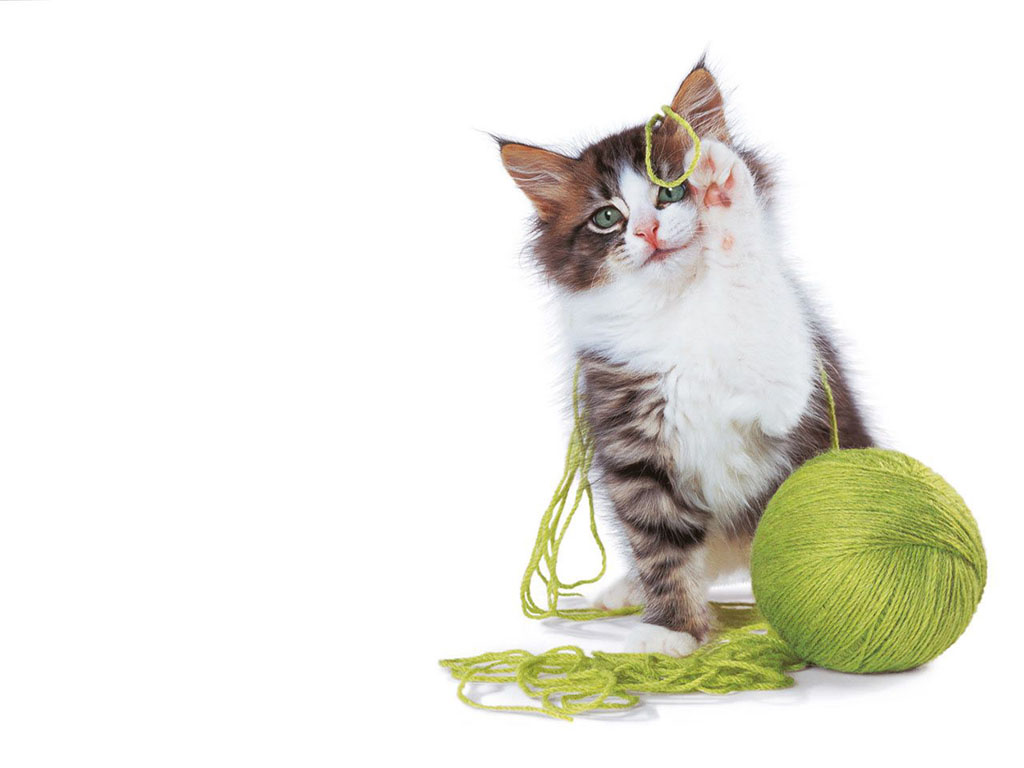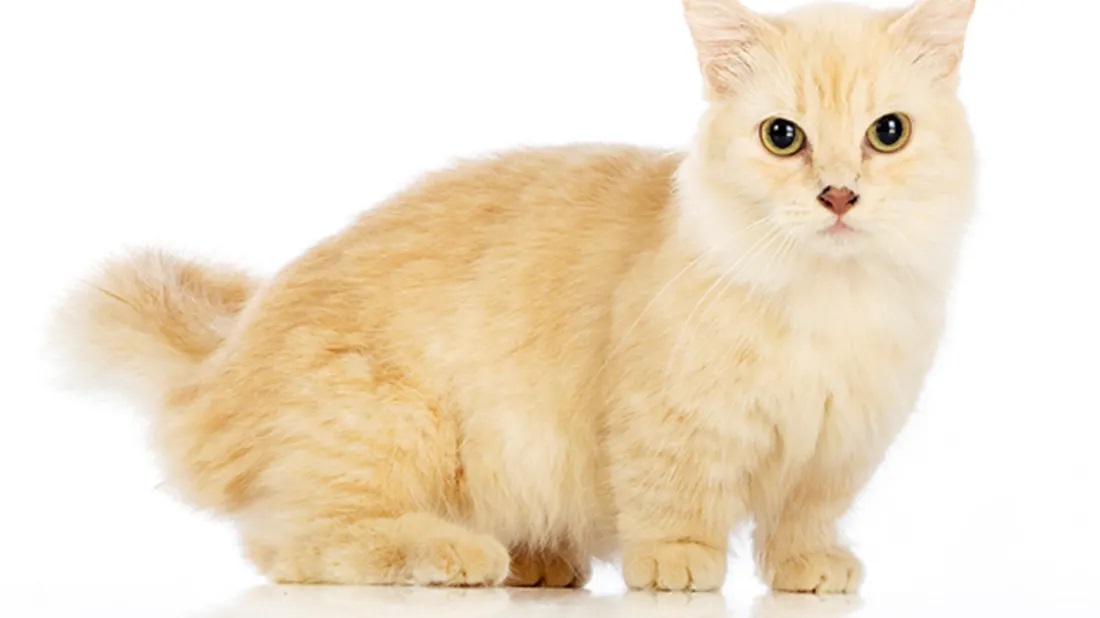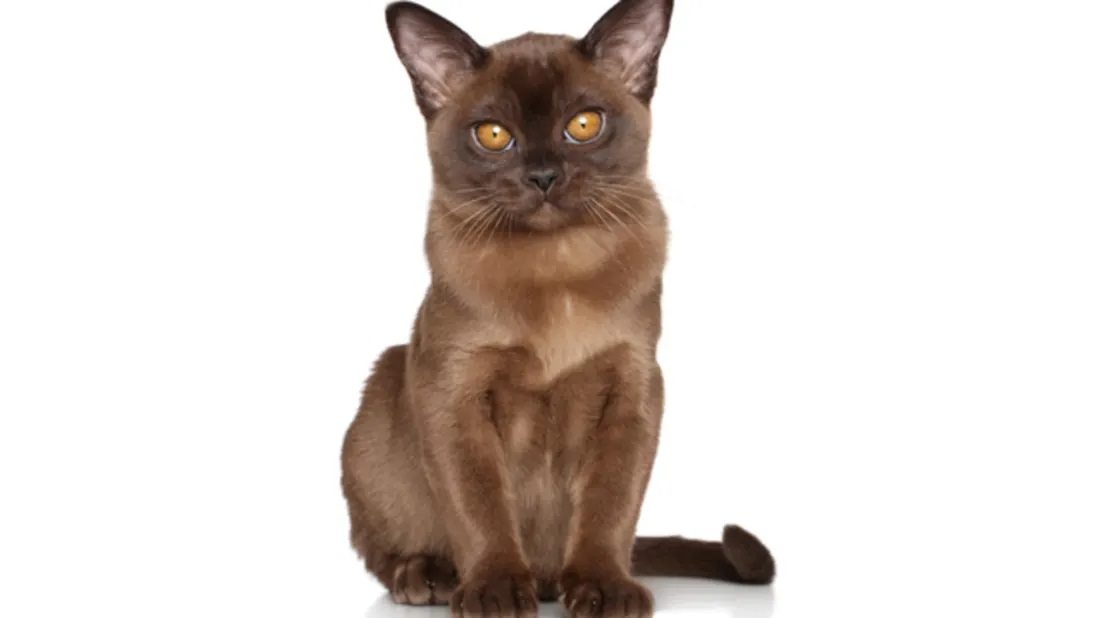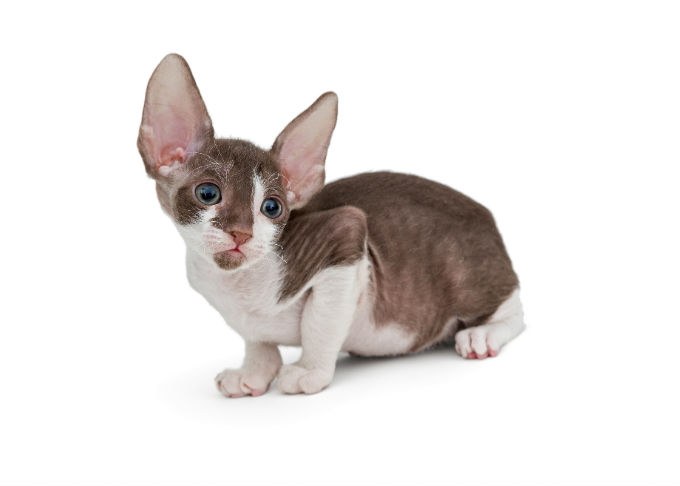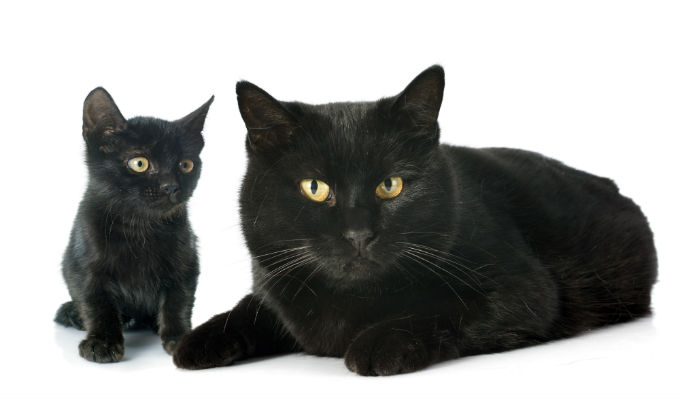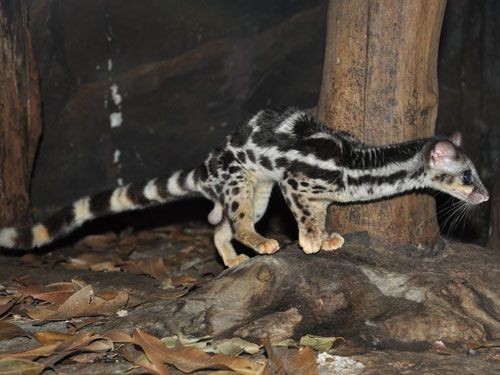Health Nutrition of cats
It’s recommended to use processed foods that are suitable for different ages & contain different nutrients. Dry or canned food contains a mixture of meat such as muscle, heart, lung and liver with a proportion of legumes such as rice, corn, barley, wheat, vegetables, vitamins and minerals.
Dry food usually requires drinking plenty of clean water which should be available in a special bowl.
Age Weight Number of daily servings
2 – 3 months 0.8 – 1.5 kg 4 – 5 200 – 300 g
4 – 5 months 1.6 – 2.0 kg 3 – 4 280 – 300 g
5 – 6 months 2.0 – 2.5 kg 2 – 3 230 – 280 g
6 – 8 months 2.5 – 3. kg 2 230 – 330 g
8 months and above 4.0 – 4.5 kg 2 300 – 330 g
Here I must emphasize that dry food is better than wet food to maintain the health of teeth as well as the possibility of leaving for a long time without being damaged or give an odor and exposure to the collection of flies and insects.
There are many foods with different flavors of chicken, fish, meat and vegetables, and cooked foods can be used as needed to ensure they are not damaged.
Fresh meat can be given from time to time and preferably given after meals are finished, preferably cooked, as uncooked meat is exposed to salmonella.
It also takes into account that the food is lukewarm and not warm at room temperature and not out of the refrigerator because the cats refuse very cold food, but when using small containers it is preferred to be used fully after opening.
Cats usually enjoy eating and chew slowly.
It should also be noted that cats may have diarrhea when eating milk or cream and this leads to lactose milk. On the other hand, dairy products contain high-quality proteins and calcium, and cats can be fed safely by feeding fermented dairy products such as yogurt and cheese.
Cats sometimes feed on planting grasses or gardens when they need to help the digestive system in digestion, especially when swallowing the balls of hair when cleaning themselves which may lead to digestive disorders.
Pulses can also be made in the process of digestion.


